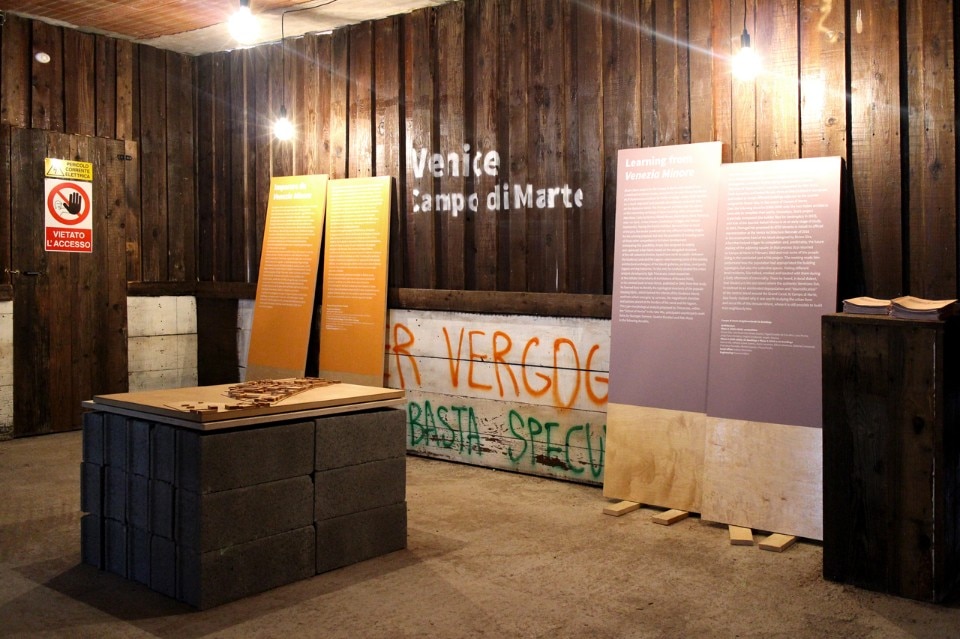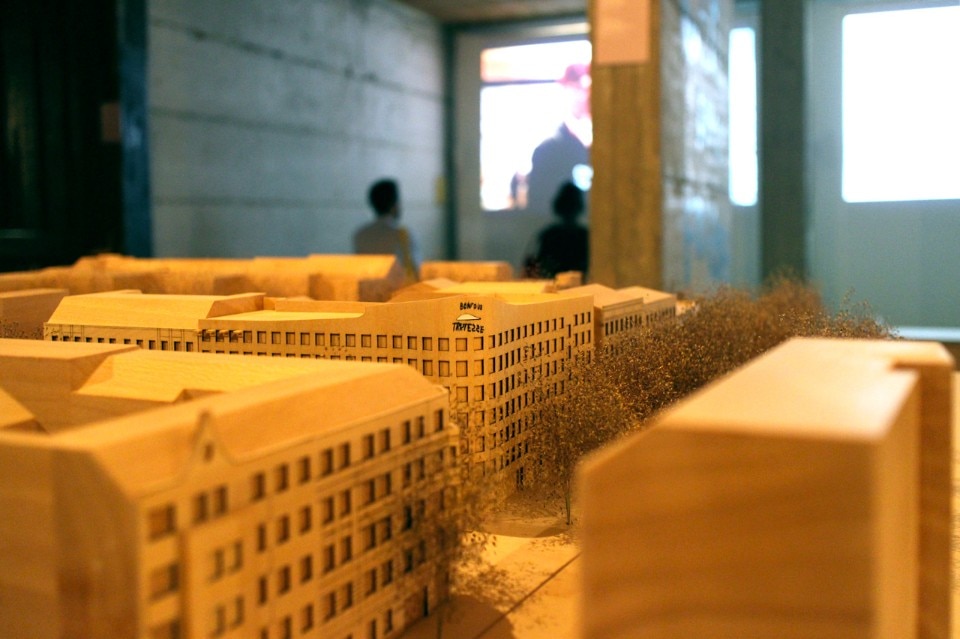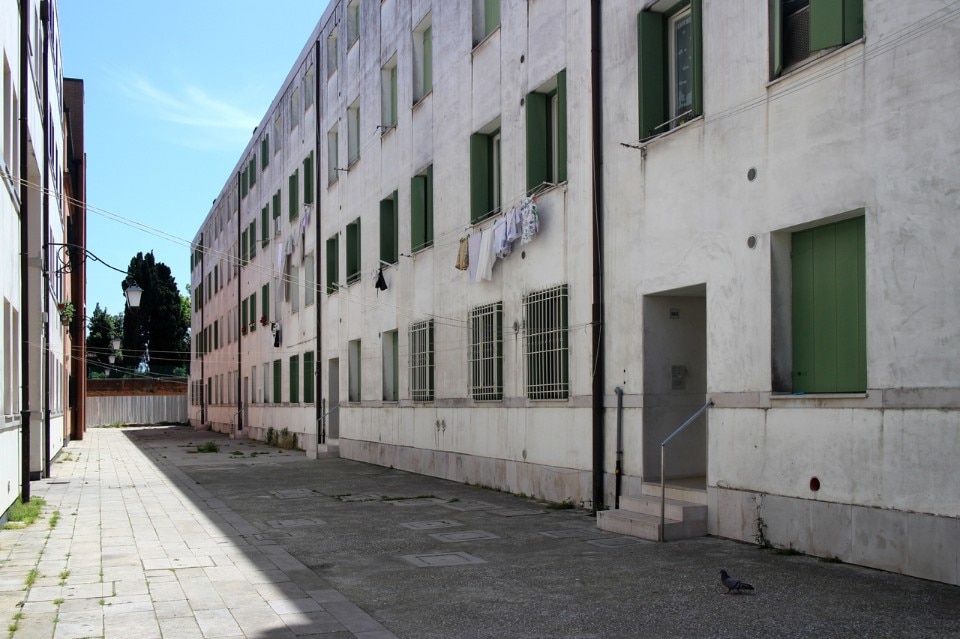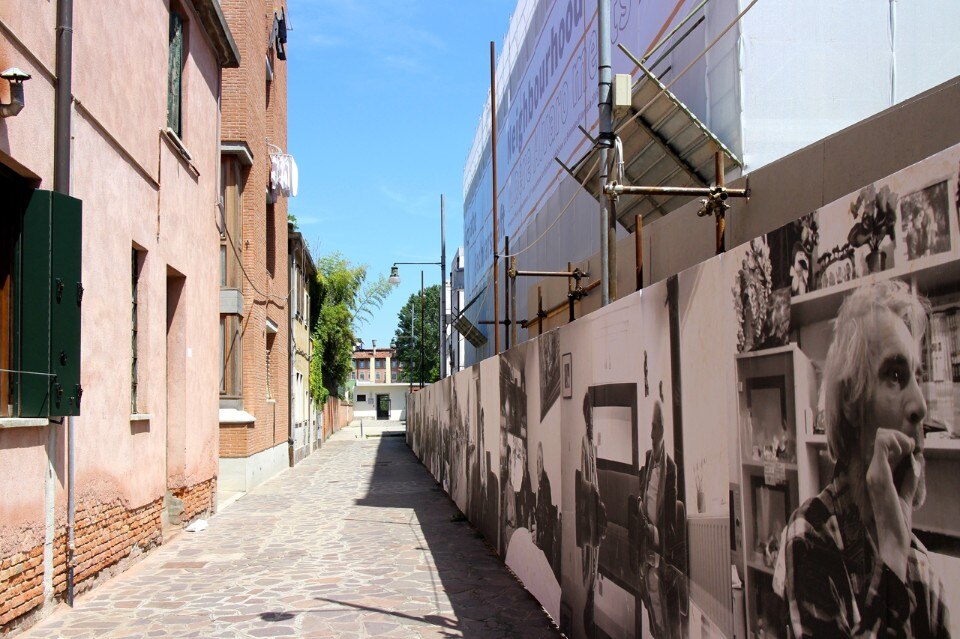
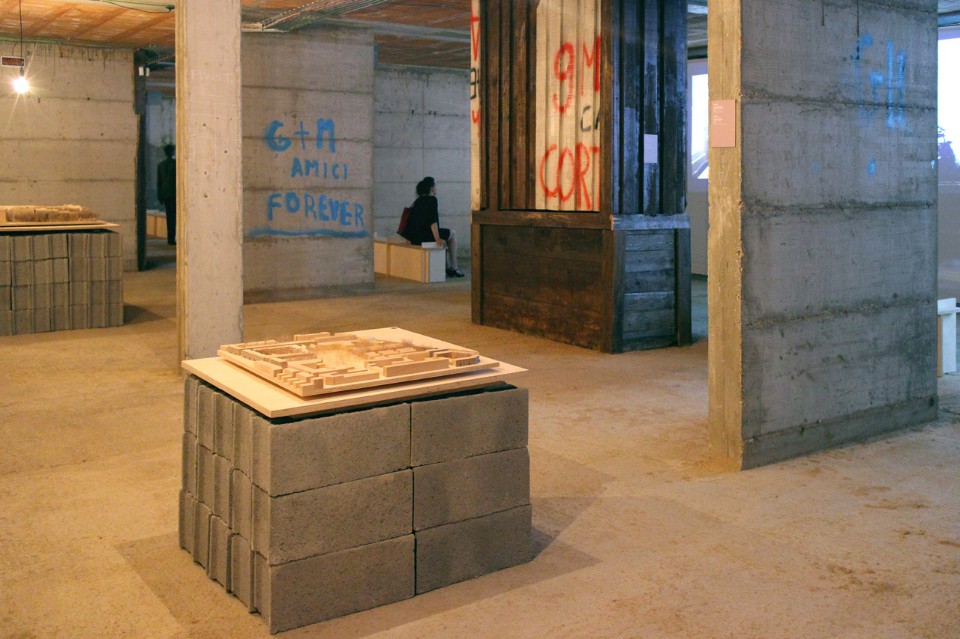
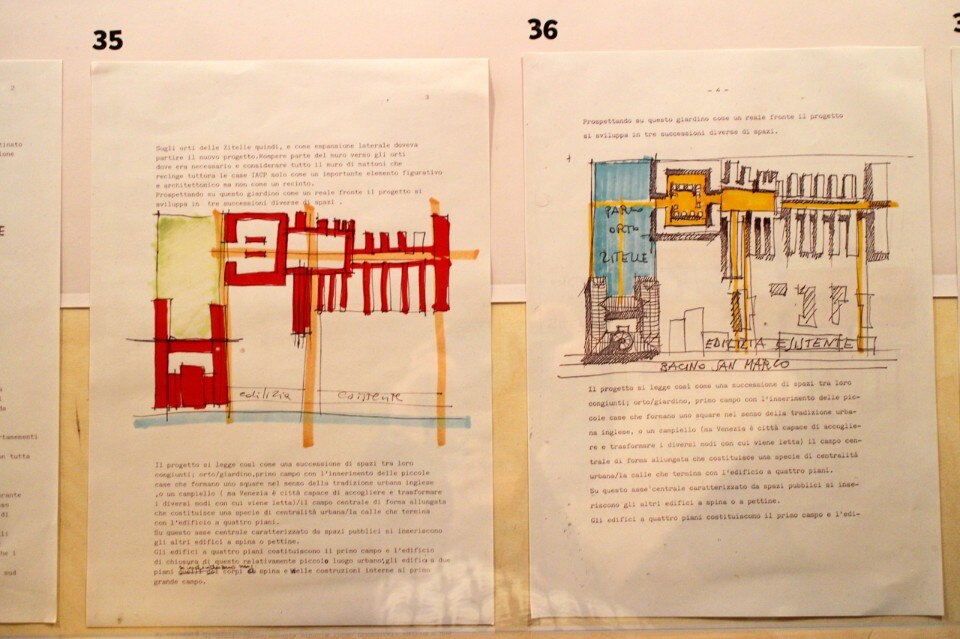
He is simply a man who designs for the people and is extremely familiar with both current times and history. The Portuguese Pavilion stands as a fine message to the contemporary nature of design work; a powerful political message that should reach everyone: architects, citizens and administrators but most importantly the young people embarking on this splendid profession of ours. Well done Alvaro Siza but credit goes also to the two curators, Roberto Cremascoli and Nuno Grande, who have given us an extremely poetic Pasolini-type moment.


